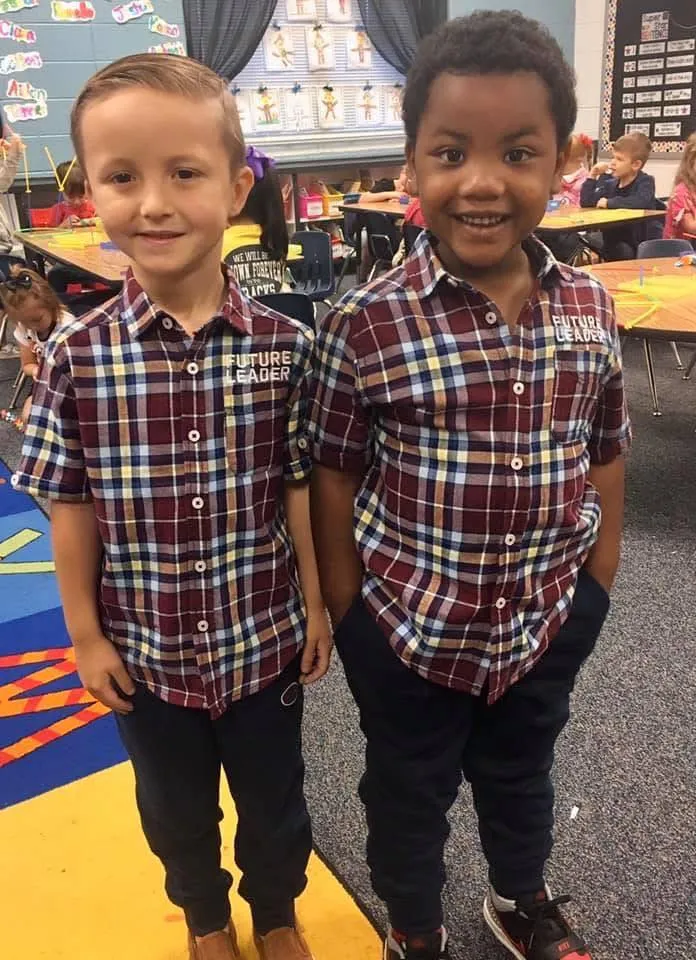Swallowed by a Whale: The Diver Who Lived to Tell the Tale 899

The morning of June 11, 2021, began like so many others for Michael Packard. The waters off Provincetown, Massachusetts, were calm, shimmering under the early sun. A veteran lobster diver with decades of experience beneath the waves, he prepared his gear with practiced ease, expecting nothing more than a routine day among sandy reefs and skittering crustaceans. But the ocean had a very different plan for him.
Descending into the water, Packard moved with the confidence of someone who had spent half a lifetime in the sea. He had faced his share of surprises—strong currents, close encounters with sharks, and the occasional entanglement in fishing gear. None of it prepared him for what came next.
Without warning, an immense force pulled him backward. He felt himself sucked into darkness, swallowed by something alive. His mask pressed against his face, his body pinned tight. Instead of the cool, free movement of water, he was encased in shifting muscle, surrounded by vibrations that resonated deep in his chest.
At first, confusion. Was he caught in a cave collapse? Tangled in equipment? The truth dawned slowly, then all at once. He was inside a humpback whale.
Panic surged. Above the surface, his crewmates on the boat saw only bubbles. They scanned the waves frantically, shouting his name, convinced they had lost him to the depths. Below, Michael struggled with the incomprehensible reality that he had become prey—not to intention, but to accident.

Inside the whale’s mouth, time warped. Every second stretched into eternity. He could feel the walls of muscle flexing around him, the power of the giant’s body dwarfing his own. His mind raced: Was this how it ended? Would he ever see his family again?
He braced himself against the pressure, adrenaline flooding his veins. He could sense the whale’s confusion as well—this was not a meal it wanted. Humpbacks feed on tiny fish and krill, not human beings. Somehow, in the chaos of feeding, he had been scooped up by mistake.
Forty seconds. That was all. But to Packard, it felt like forever. Then, with a sudden shift, the whale made its decision. Surging upward, it broke the surface of the sea. With a thunderous exhale, it expelled him forcefully from its mouth, hurling him back into the open ocean.
Dazed, battered, but alive, he floated in the waves. His crewmates spotted him and rushed to pull him aboard. Relief and disbelief mingled as they realized what had happened. Bruised, with a dislocated knee and shaken to his core, Michael Packard had survived an encounter that seemed pulled from the pages of myth.
News of the event spread like wildfire. Around the world, headlines proclaimed the incredible story of the man swallowed by a whale and lived to tell it. Some compared it to the biblical tale of Jonah, others to Moby-Dick, but Michael himself was blunt: “I was in its mouth, and I thought I was going to die.”
Marine biologists weighed in quickly. They explained that humpbacks are not aggressive toward humans. The incident was almost certainly a case of mistaken identity during a lunge feed, when whales open their massive mouths to engulf schools of fish. Packard had been in the wrong place at the wrong time—and yet, in a twist of luck, the whale had realized its error and let him go.
For Packard, the ordeal became both trauma and badge of survival. He had faced death in the most surreal way imaginable and emerged with a story unlike any other. To divers, fishermen, and ocean lovers, his survival was a reminder that the sea, however familiar, remains untamed.
The ocean is vast, mysterious, and filled with creatures whose size and power defy comprehension. Encounters like Packard’s underscore how little control humans truly have in its depths. Yet they also highlight the strange grace of the animals that inhabit it—creatures powerful enough to kill, but intelligent enough not to.
Months later, Michael Packard returned to diving. The lure of the ocean, the pull of his lifelong work, proved stronger than fear. But he never forgot the sensation of being trapped in that living cavern of muscle, the sound of the whale’s body vibrating around him, the terror and awe intertwined in those 40 seconds.
His story became a modern legend—not just a headline, but a parable about chance, survival, and respect for the sea. For many, it served as proof that myths sometimes walk hand in hand with reality, that the old tales of men swallowed by whales were not as far-fetched as once believed.
And for Packard, it was a reminder of how thin the line between life and death can be, how quickly an ordinary day can transform into something unforgettable. He had stared into the abyss—quite literally—and been spat back into the light.
The ocean gave him back to the world, battered but breathing. His tale endures as a testament not only to survival, but to the strange, humbling power of nature.
What began as a routine dive became a once-in-a-lifetime ordeal, an encounter that no amount of experience could have prepared him for. In those brief, suffocating moments inside the whale, Michael Packard glimpsed the raw, untamed mystery of the sea.
And when he emerged, alive against all odds, he carried with him a truth as deep as the ocean itself: sometimes, reality is stranger—and far more miraculous—than myth.
The Day Two Boys Became “Twins”—And Taught the World a Lesson 16


It started as an ordinary evening, the kind of night when bedtime routines feel endless and parents rush to catch up with life once the children are asleep. But for one mother, what her son said before bed turned into a story that captured the very heart of childhood innocence—and revealed a truth adults often forget.
“Mom,” he announced proudly, “my friend and I look exactly alike. Tomorrow is Twins Day at school, and we’re going to celebrate together.” He went on to explain with all the confidence in the world: they both had the same hair and eye color, and that made them identical. To him, the case was closed.
For the mother, it was a moment equal parts sweet and urgent. She wanted her son to feel the joy of belonging, of truly experiencing Twins Day the way he imagined it. And so, after tucking him in, she headed out at 9 p.m., searching for matching outfits. By the end of the night, she had two identical sets of clothes—one for her son, and one for his classmate.
The next morning, her son could hardly contain his excitement. Dressed in their matching outfits, the two boys proudly posed for a photo, ready to show the world that they were, indeed, twins. Later that day, the teacher sent the picture to the mother—and when she saw it, her heart melted.
Because the truth was clear: the boys looked nothing alike.
One had darker skin, the other lighter. Their features were completely different. To any adult eye, there was no mistaking them for twins. But to her five-year-old son, none of that mattered. He saw only the sameness, not the difference. He saw his friend as his twin because, in the simple honesty of childhood, they were the same.
The photo, paired with her son’s certainty, carried a message far greater than a school spirit day. It was a reminder that children see the world without the filters adults often impose—filters of race, appearance, or background. To them, friendship is not about looking alike but about feeling alike. Belonging is not tied to outward similarity but to shared laughter, trust, and joy.

What moved the mother most was the effortless purity of her son’s perception. He hadn’t been taught to measure difference, to categorize people by what separates them. Instead, he instinctively celebrated connection. In his eyes, finding a twin wasn’t about proving a match—it was about declaring a bond.
And in that innocent declaration lies a profound truth: our differences are real, but they don’t have to divide us. If anything, they can be outshone by the ways we are the same.
It is tempting, as adults, to view the world through layers of complexity, to find boundaries where none are needed. But in a single school photo—two boys standing side by side in matching clothes—lies a vision of a world stripped down to its simplest, most powerful truth: we belong to each other, not because we look alike, but because we choose to see each other as equals.
“Imagine,” the mother reflected, “how wonderful this world would be if we could all see it the way two five-year-olds do.”
That morning, Twins Day at school was more than a dress-up event. It became a quiet lesson in empathy, belonging, and the radical simplicity of seeing people for who they are inside. And for one mother, the picture her son’s teacher sent was not just a memento of childhood—it was a reminder of the world as it could be.





